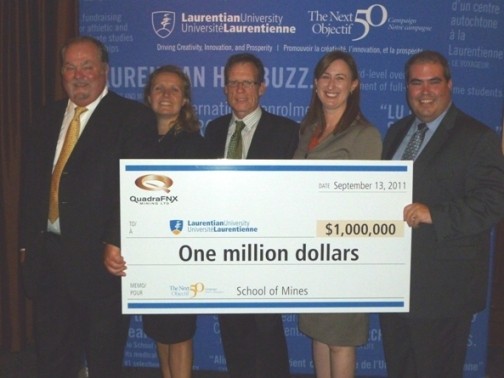This article was provided by the Ontario Mining Association (OMA), an organization that was established in 1920 to represent the mining industry of the province.
As we move closer to October 6 election day in Ontario, it is encouraging to see mining being part of the platform of all major parties. Many of the topics and positions being presented by the Liberals, Progressive Conservatives and New Democrats seem to reflect the OMA’s plan for the future of mining in Ontario. Last week, the OMA presented each party’s’ views on mining, however, the issues continue to develop. The full text of the OMA’s vision for the future “Action Plan for Ontario: Taking Advantage of a Critical Window of Opportunity” can be found on the OMA website www.oma.on.ca.
The Liberal document “Plan for Northern Ontario” has a lot of mining content. The OMA’s paper calls for “balancing conservation and development targets” and the establishment of a target for new mines in Ontario to demonstrate a commitment to the future success of the industry. The Liberal platform says “at least six mines are reopening and four new mines are expected to open by the end of 2012 and we’ll open at least eight new mines in the next 10 years.”
The OMA would like to see an engaged Ontario government working with the federal government, industry and First Nations to cut approval and permitting time lines in half. While the Progressive Conservatives and NDP have supported permitting improvements, the Liberals have said “we’ll also work to ensure the federal government is at the table for Northern communities and First Nations in planning for smart development of the Ring of Fire.


























